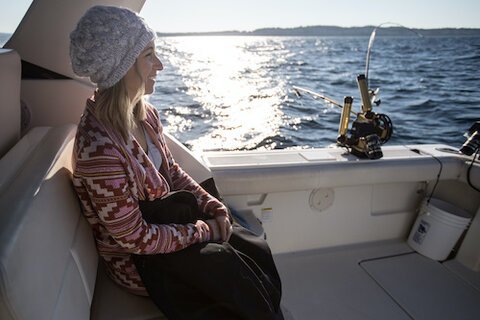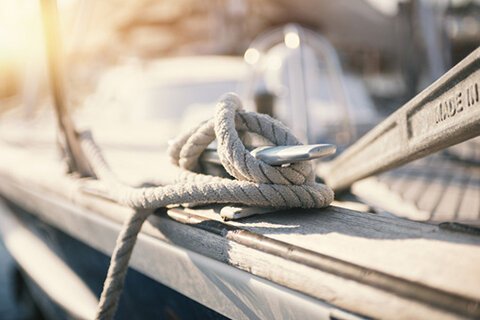|
As a friend of mine once said, the only thing better than owning a nice boat is having a good friend who owns one. None of the headaches, none of the problems, none of the responsibility but all the fun when asked out to enjoy the water. But what happens when your friend, the owner and skipper, is suddenly injured, becomes ill, our worse yet, falls overboard. You were just along for the ride, you don’t know anything about the boat, about what to do or how to do it - but...suddenly YOU are in charge. Suddenly, YOU need to know how to run the boat, YOU need to know how to use the emergency equipment, YOU need to know what to do in each situation that requires action. Don’t wait until YOU are suddenly in charge, learn the basics before just "going along for the ride". Learn Boating Basics Even if you don’t own a boat, if you ever go out in one as a passenger, you should know the basics of boating. Even if you’re just going for a ride, if the skipper doesn’t give the passengers an orientation, ask where the emergency equipment is located. Ask the location of the Personal Flotation Devices (PFDs), the fire extinguisher(s), emergency signaling devices and other safety gear. Practice throwing PFDs or a line to a pretend person overboard, practice anchoring the boat and getting aboard from the water. Ask about the operation of the boat, how do you start it, how do you stop it and how to use the radio (if equipped). Better yet, even if you don’t own a boat, take a Basic Boating Safety Course. The more time you take to educate yourself the more likely you will be a hero rather than a hindrance, should an emergency arise. This article covers basic operations of small outboards. Future articles will cover larger powerboats and sailing vessels. |
Learn How to Start Manual or Pull Start Outboards
|
 |
| Warning: Do not stand in the boat to pull the starter rope. If the motor is in gear or the starter just spins, you could loose balance and fall overboard. |  |
Learn How to Start an Electric Start Engine
|
 |
Learn How to Shift and Steer
Manual or Pull-Start
|
 |
Electric Start
|
|
|
|
Learn How to Stop
| Boats don’t have brakes. They do, however, settle quickly and slow down when power is lowered and the engine put in neutral.
Don’t aim the boat at a person in the water or at a dock. If you misjudge the speed of the boat you could cause more damage. As the boat slows you will loose steering control. Aim the boat where you want to stop before you shift to neutral or shut of the engine. Shift to neutral before you think you should, most novices overshoot their mark. You can always shift back to forward briefly if you fall short of your mark. Killing manual or pull-start engines Shift to neutral, turn the throttle handle grip to the stop position and push the button (usually red) labeled stop which kills the engine. Killing electric start engines Shift to neutral, turn the key to the left until the engine dies - just like in your car. |
Learn Crew Overboard Procedures
|
Learn How To Signal For Help
Certain signals are recognized internationally as distress signals. A few easy to use are:
|


